PICEATANNOL
Synonym(s):(E)-4-[2-(3,5Dihydroxyphenyl)ethenyl]1,2-benzenediol;trans-3,3?,4,5?-Tetrahydroxystilbene;3,3′,4,5′-Stilbenetetrol;3,3′,4,5′-Tetrahydroxy-trans-stilbene;Astringenin
- CAS NO.:10083-24-6
- Empirical Formula: C14H12O4
- Molecular Weight: 244.24
- MDL number: MFCD00221715
- EINECS: 600-132-4
- SAFETY DATA SHEET (SDS)
- Update Date: 2025-12-25 11:31:46
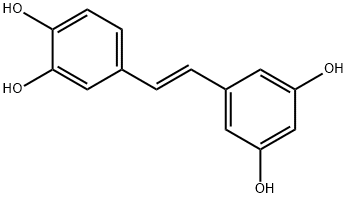
What is PICEATANNOL?
Description
Piceatannol (10083-24-6) is a naturally occurring analog of resveratrol (Cat.# 10-1057). Inhibits nonreceptor kinases Syk and Lyk (IC50 approximately 10 μM).1 Piceatannol stimulates Sirt1.2
Chemical properties
yellow to golden or green crystalline powder
The Uses of PICEATANNOL
A human metabolite of Resveratrol (R150000). Piceatannol is strong anti-oxidant.
The Uses of PICEATANNOL
Piceatannol has been used:
- to study its effect on Ataxia-Telangiectasia Mutated (ATM) protein kinase
- as an inhibitor of ZAP-70 (ζ-chain-associated protein kinase 70)
- as an inhibitor of MRP1-mediated 2′,7′-bis-(carboxypropyl)-5(6)-carboxyfluorescein (BCPCF) transport in intact human erythrocytes and inside-out erythrocyte vesicles (IOVs)
What are the applications of Application
Piceatannol is an inhibitor of Syk and NF-κB activation
Definition
ChEBI: A stilbenol that is trans-stilbene in which one of the phenyl groups is substituted by hydroxy groups at positions 3 and 4, while the other phenyl group is substituted by hydroxy groups at positions 3 and 5.
General Description
A cell-permeable, substrate competitive and reversible plant metabolite that inhibits the activity of rat liver protein kinase A catalytic subunit (IC50 = 3 μM), PKC (IC50 = 8 μM), MLCK (IC50 = 12 μM). In RBL-2H3 cells, the selective inhibition of Syk by piceatannol results in inhibition of FceR1-mediated signaling. Also inhibits wheat embryo Ca2+-dependent protein kinase (CDPK) (IC50 = 19 μM), and p72syk (IC50 = 10 μM), a non-receptor tyrosine kinase, relative to Lyn in isolated enzyme preparations. Also possesses anti-leukemic properties. Reported to activate sirtuins and promote the survival of eukaryotic cells.
Biological Activity
Anti-inflammatory, immunomodulatory and antiproliferative agent. Inhibits p56 lck and syk protein tyrosine kinases and inhibits TNF-induced NF- κ B activation and gene expression. Synthesis results from conversion of resveratrol (5-[(1E)-2-(4-Hydroxyphenyl)ethenyl]-1,3,benzenediol ) by cytochrome P450 1B1.
Biochem/physiol Actions
Cell permeable: yes
Storage
+4°C
References
1) Seow et al. (2002), Piceatannol, a Syk-selective tyrosine kinase inhibitor, attenuated antigen challenge of guinea pig airways in vitro; Eur. J. Pharmacol., 443 189 2) Howitz et al. (2003), Small molecule activators of sirtuins extend Saccharomyces cerevisiae lifespan; Nature, 425 191
Properties of PICEATANNOL
| Melting point: | 223.0-227.0 °C |
| Boiling point: | 108°C/0.04mmHg(lit.) |
| Density | 1.1245 (rough estimate) |
| refractive index | 1.5190 (estimate) |
| storage temp. | 2-8°C |
| solubility | H2O: 0.5 mg/mL |
| form | powder |
| pka | 9.17±0.10(Predicted) |
| color | light tan to yellow |
| λmax | 323nm(MeOH)(lit.) |
| Stability: | Stable for 2 years from date of purchase as supplied. Solutions in DMSO or ethanol may be stored at -20° for up to 2 months. |
Safety information for PICEATANNOL
| Signal word | Warning |
| Pictogram(s) |
 Exclamation Mark Irritant GHS07 |
| Precautionary Statement Codes |
P261:Avoid breathing dust/fume/gas/mist/vapours/spray. P264:Wash hands thoroughly after handling. P264:Wash skin thouroughly after handling. P280:Wear protective gloves/protective clothing/eye protection/face protection. P301+P312:IF SWALLOWED: call a POISON CENTER or doctor/physician IF you feel unwell. |
Computed Descriptors for PICEATANNOL
New Products
4,4-Difluoropiperidine hydrochloride tert-butyl 9-methoxy-3-azaspiro[5.5]undecane-3-carboxylate Indole Methyl Resin N-Isopropylurea N,N-Dicyclohexylcarbodiimide(DCC) MELDRUMS ACID 5-METHYLISOXAZOLE-4-CARBOXYLIC ACID Magnessium Bis glycinate Zinc ascorbate 1-bromo-2-butyne 2-acetamidophenol 9(10H)-anthracenone Erythrosin B, 4-Piperidinopiperidine 2-((4-morpholinophenylamino) (methylthio) methylene) malononitrile 2,4-dihydroxybenzaldehyde 3-(4-morpholinophenylamino)-5-amino-1H-pyrazole-4-carbonitrile Methyl 2-methylquinoline-6-carboxylate 2,6-dichloro-4-nitropyridine 4-Bromo-2-chlorobenzonitrile 2-(benzylamino)acetic acid hydrochloride 4-(tert-Butoxycarbonylamino)but- 2-ynoic acid 3,4-dihydro-2H-benzo[b][1,4]dioxepine 1-Phenyl-1-cycloprppanecarboxylicacidRelated products of tetrahydrofuran
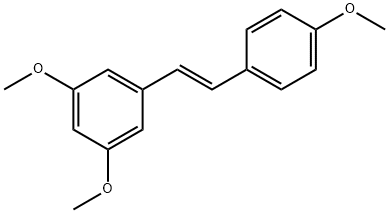
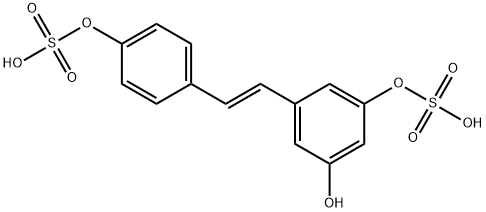
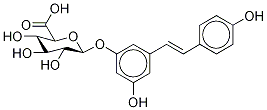
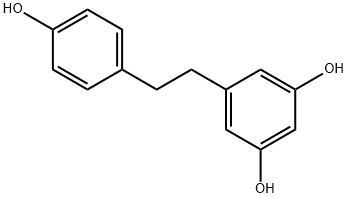
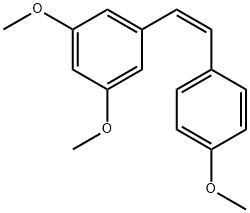


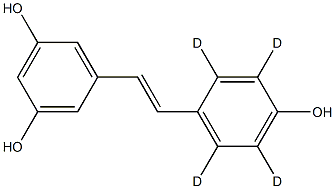
You may like
-
 Piceatannol 99% (HPLC) CAS 10083-24-6View Details
Piceatannol 99% (HPLC) CAS 10083-24-6View Details
10083-24-6 -
 Piceatannol CAS 10083-24-6View Details
Piceatannol CAS 10083-24-6View Details
10083-24-6 -
 Piceatannol CAS 10083-24-6View Details
Piceatannol CAS 10083-24-6View Details
10083-24-6 -
 Piceatannol CAS 10083-24-6View Details
Piceatannol CAS 10083-24-6View Details
10083-24-6 -
 trans-Piceatannol CAS 10083-24-6View Details
trans-Piceatannol CAS 10083-24-6View Details
10083-24-6 -
 20677-73-0 (2,2-diethoxyethyl)methylamine 98%View Details
20677-73-0 (2,2-diethoxyethyl)methylamine 98%View Details
20677-73-0 -
 3-(4-(hydroxyamino)-1-oxoisoindolin-2-yl)piperidine-2,6-dione 98%View Details
3-(4-(hydroxyamino)-1-oxoisoindolin-2-yl)piperidine-2,6-dione 98%View Details -
 57381-49-4 2-bromo-4-chlorobenzonitrile 98%View Details
57381-49-4 2-bromo-4-chlorobenzonitrile 98%View Details
57381-49-4
